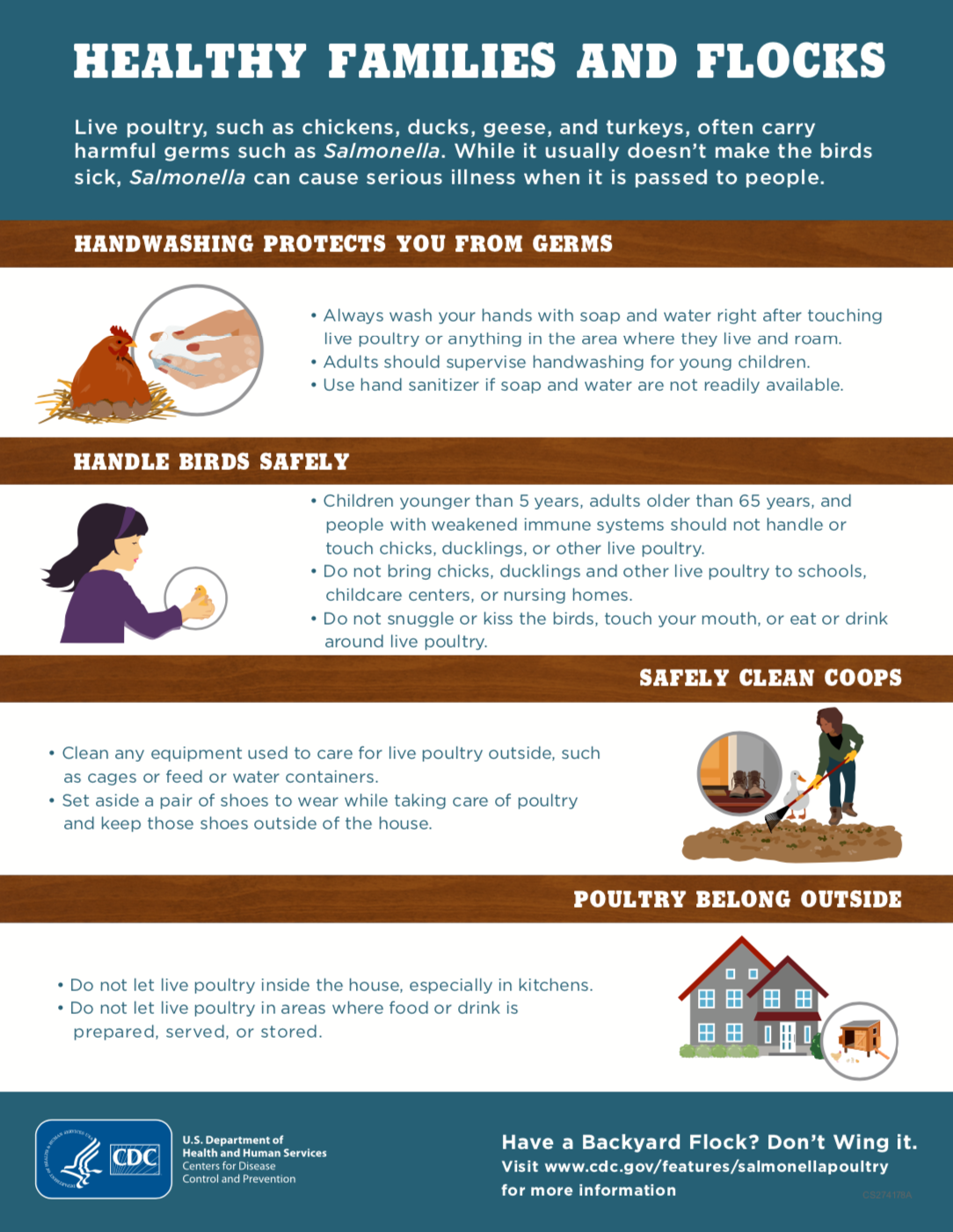I wonder if Dr. Hugh Pennington feels he’s in a Groundhog Day situation.
I know I often do.
The man who led the investigation into the 2005 E. coli O157 outbreak in the UK that killed Mason Jones and sickened about 160 children wrote in the Daily Mail the other day that,
almost two weeks have passed since news emerged of a listeria outbreak linked to ready-made sandwiches provided to patients in hospitals.
Yet until yesterday we had been told absolutely nothing beyond the names of four hospital trusts where some of the patients died or where others had fallen ill.
Last night, we learned that one of the victims was Ian Hitchcock, 52, a businessman and father of twins, from Crich in Derbyshire.
Our thoughts must go to his grieving family. But as a scientist I also have to ask why it has taken so long for even this sliver of information to be shared?
The health authorities have a duty to ensure no more people are put at risk of death. And to try to ensure that we — as doctors, scientists and indeed the wider public — all need to know more about those who got sick and recovered, or who succumbed to listeriosis, a potentially fatal form of food poisoning. This is not out of prurience, but to better safeguard the health of others.
Listeria can present in various ways — which is why diagnosis is so difficult — but among the complications are sepsis and meningitis, two of the nastiest and hardest illnesses to treat. Anyone at risk should know about it sooner rather than later.
Remarkably, and in my view wrongly, the information needed is largely being denied to us. It is only after pressure from the Daily Mail that any details at all have been released.
Tory MP Nadine Dorries, a former nurse, this week called for ‘full transparency and openness about those who have died’.
She added: ‘I don’t understand why they don’t tell us the age or sex — or what conditions they were in hospital for. All these would be relevant.’
She is right. It is in the public interest that the age, gender and reason why the victims were originally admitted to hospital are released as a matter of urgency.
If, for example, a high percentage of victims in the latest outbreak were aged over 80, then that would be helpful to know, allowing doctors and nurses to pay close attention to that demographic.
If more men than women have died — and listeria infections are generally more common in men — that would be highly relevant, too.
I’m old enough to remember the Aberdeen typhoid outbreak of 1964. In that case the names and addresses of the 400 or so infected people, who had all eaten corned beef from Argentina, were printed in the local paper almost before they’d seen a doctor. Miraculously, none of them died.
I’m not, of course, advocating a return to that level of media scrutiny. But as a bacteriologist who has spent much of his career investigating the medical consequences of poor food hygiene, I do know that — now, and for some time to come — it will be to the wider community’s benefit if there is full disclosure of facts relevant to protecting the public’s health.
In the course of my career, I’ve headed two public inquiries into outbreaks of illness caused by the better-known bacterial infection, E. coli. In both cases the public received far more information than has been released this time. One was an outbreak at schools in South Wales in 2005. This was rapidly traced back to a single butcher.
The other, which turned out to be the deadliest outbreak of this particular form of E. coli in recent British history, hit central Scotland in 1996 and was again linked to one meat supplier. A hospital, an old people’s home and a pub were all affected.
Some 21 people died in that outbreak. Thanks to strategic and considered release of information, however, doctors knew that although some children as young as 10 were infected and became seriously ill, the elderly were at the highest risk of dying. Treatment was adjusted accordingly.
Yet Public Health England (PHE) has restricted itself to a mealy-mouthed statement, saying: ‘We never confirm any information about patients affected unless there is a risk to the public’s health. Confirmation of those details is a matter for families and their doctors.’
But hang on a minute. This is an outbreak of a potentially fatal bacterial disease that has already claimed five lives in hospitals across England. We know the company at the centre of the outbreak, the Good Food Chain, supplied 43 NHS trusts, and other patients have been infected by sandwiches or salads contaminated by listeria. And we know the bacterium has a long incubation period.
So how can PHE be so certain there is no further ‘risk to the public’s health’?
The first inquests into the deaths of victims — Ian Hitchcock, who was treated at the Royal Derby Hospital, and another patient treated at Manchester Royal Infirmary where two other patients died — open tomorrow.
It is likely there will be inquests into the deaths of the other three victims, too.
But if PHE took responsibility for aggregating the information of all those who have died, stripping it of anything that could identify individuals (a particularly rare illness, for example), I believe that would safely balance confidentiality concerns with the very real need for more information.
The fact is that mounting public unease would be hugely reduced if patients, together with their concerned families, knew what the dangers were and their level of risk.
A small minority would then know they had valid concerns and could seek advice from their doctor accordingly.
The sandwiches linked to the outbreak have now been removed from the food chain, but a threat of infection remains — and will continue to do so for a few weeks yet.
We need to know who is at the highest risk — and we need that information now. Without it, there is a real danger that more people will die needlessly as a result of the authorities’ shameful silence.












